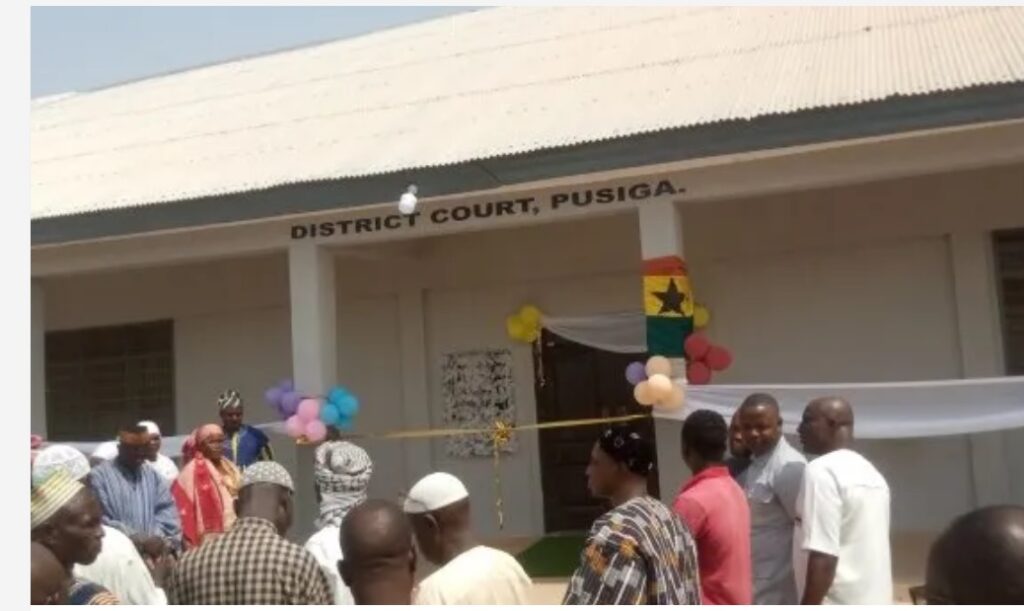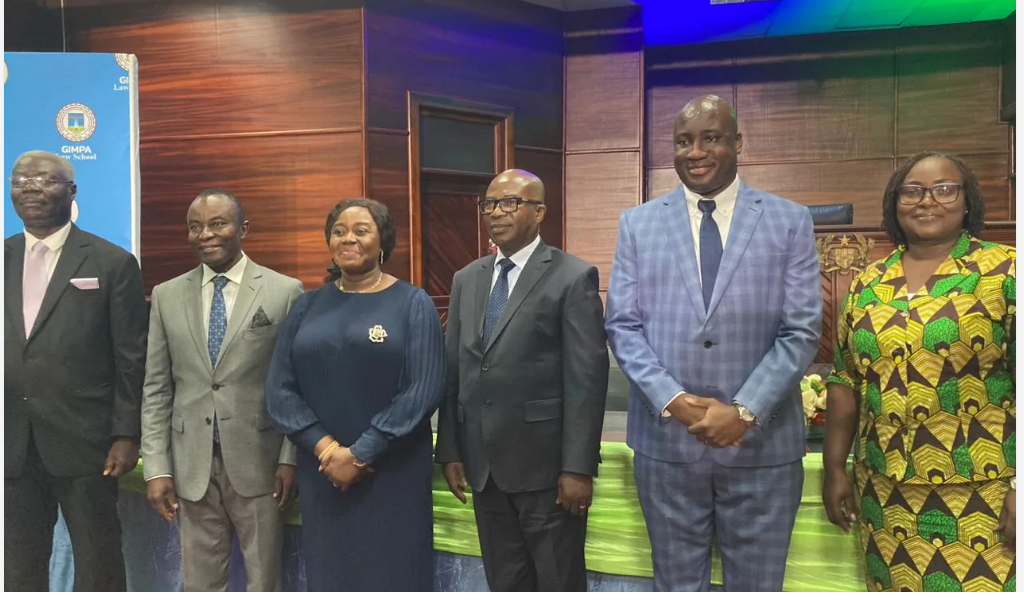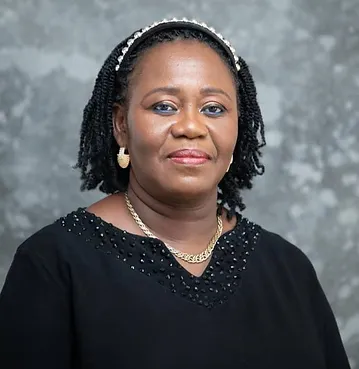The Supreme Court concluded only 344 out of the 939 pending cases in the 2022/2023 legal year, leading to a backlog of 595 cases carried over into the 2023/2024 legal year.
This was an increase of 181 cases from the 2021/2022 legal year, which saw 799 cases pending, out of which 385 cases were concluded by the court, leading to a backlog of 414 cases.
The above data were contained in a letter dated February 7, 2024, from the Chief Justice, Justice Gertrude Sackey Torkornoo, to the President, requesting for the number of Justices of the Supreme Court to be increased from the current 15 to 20 to enable the court to handle the numerous cases pending before it for effective justice delivery.
The Chief Justice proposed the appointment of Justices Afia Serwah Asare-Botwe, Cyra Pamela Koranteng, Eric Kyei Baffour, Justice Edward Amoako Asante and Angelina Mensah Homiah, all justices of the Appeal Court, onto the Supreme Court.
Information gathered by the Daily Graphic revealed that the letter by the Chief Justice to the President followed a conversation among Justice Torkornoo, President Nana Addo Dankwa Akufo-Addo and the Speaker of Parliament, Albert Sumana Kingsford Bagbin, on the manpower challenges facing the apex court.
A-G, GBA agree with CJ
Upon receipt of the letter from the Chief Justice, the President, through his Executive Secretary, Nana Bediatuo Asante, wrote to the Attorney-General and Minister of Justice, Godfred Yeboah Dame, and the Ghana Bar Association (GBA), seeking their inputs to assist the President in making a decision on whether to accept the request from the Chief Justice to nominate five more justices to the Supreme Court.
In their respective responses sighted by the Daily Graphic, the Attorney-General and the National President of the Ghana Bar Association, Yaw Acheampong Boafo, agreed with the proposal by the Chief Justice.
For the Attorney-General, the proposal should be considered on the basis of the growing backlog of cases from 414 in the 2021/2022 legal year to 595 in the 2022/2023 legal year.
He, however, advised the government to also take into consideration the financial implication that such new appointments would have on the public purse, given the salaries and emoluments of Justices of the apex court.
The GBA, on the other hand, agreed with the proposal by the Chief Justice in principle, but added that such a proposal should only be considered after due consultation with other relevant bodies such as Parliament and the Council of State.
Criticisms
The Chief Justice has been criticised by some stakeholders when the proposal for the appointment of five additional Justices to the Supreme Court became public, with some accusing her of pandering to the packing of the Supreme Court.
The opposition National Democratic Congress (NDC) described the proposal by the Chief Justice as unconstitutional, arguing that nowhere under the 1992 Constitution was the Chief Justice empowered to propose nominations as Justices of the Supreme Court.
Data and analysis
But the letter by the Chief Justice to the President had justified the request for additional Justices of the apex court with detailed analysis and data over the last five legal years.
The data included cases filed within a legal year, number of Justices in a particular legal year, the backlog of cases from previous years, the number of cases the court hears within a particular period, and the difficulty the Chief Justice had in constituting different panels to deal with the high caseload due to the manpower challenges.
According to the data, there were 761, 869, 906, 799 and 939 cases before the Supreme Court in the 2018/2019, 2019/2020, 2020/2021, 2021/2022 and 2022/2023 legal years respectively.
The court was able to conclude 559 cases with 14 judges, 653 cases with 18 judges, 694 cases with 16 judges, 385 cases with 14 judges and 344 cases with 12 judges in the respective legal years under review.
What this meant was that there was a backlog of 202, 216, 221, 414 and 595 cases in the respective legal years. The Supreme Court is properly constituted by five Justices to deal with appeal cases or in the exercise of its supervisory jurisdiction, and seven justices to deal with cases involving the interpretation and enforcement of the Constitution. These numbers are enhanced by two justices when the cases go on review.
The Chief Justice, in her letter to the President, said currently, the court sat three days in a week, dealing with an average of 15 cases daily and approximately 180 cases in a month, a situation that made it practically impossible to have stand-alone panels to deal with the high volume of cases.
“With the current number of 15 Justices, including the Chief Justice and with recusals necessitated by the oft-occurring situation where judges of the Supreme Court either sat on a matter on appeal at the Court of Appeal, or presided over the trial of a case on appeal, it is practically impossible to create stand-alone in any given week,” the Chief Justice said in the letter.
More justifications
Justice Torkornoo further told the President in the letter that the high volume of cases had compelled Justices of the court to sit on multiple panels to deal with the cases, but that due to the number, the court still ended up with a substantial backlog in the legal year.
Such a situation, she said, had also made it difficult for the judges at the apex court to find ample time in conducting or directing research. “This compels Judges to take longer to work on decisions that satisfy them of the quality of research required for a court of its obligation as the final determiner of issues,” she said.
Again, the Chief Justice said the building of about 100 courts throughout the country since 2022 had also increased the workload on the Supreme Court. “The number of judges needs to be increased to meet the country’s justice needs,” she said.
Number of justices
Article 128(1) of the 1992 Constitution provides for not less than nine judges, other than the Chief Justice, on the SC, but places no limit on the number the court should have. There have been public calls for the number of Supreme Court Justices to be capped at nine just like that of the US Supreme Court.
However, such calls have been rejected by some prominent personalities, including former Chief Justices, Justices Sophia Akufo and Anin Yeboah, and a former Speaker of Parliament, Professor Aaron Mike Oquaye.
They have posited that unlike the Supreme Court of the US and other countries, the Supreme Court of Ghana had a broad jurisdiction, mandating it to deal with numerous cases, hence capping its number could affect justice delivery.
The Supreme Court of Ghana is clothed with numerous jurisdictions under the 1992 Constitution such as the final appellate court in all civil and criminal matters in the country, final appellate matters in chieftaincy matters, the only court with power to interpret and enforce the Constitution, and also supervisory jurisdiction.
Other jurisdictions include the Presidential election petition, jurisdiction to determine whether or not a secret document from the State should be produced in court and also the jurisdiction to determine the compensation for a person wrongfully jailed.
According to those who have rejected calls for a cap on the number of Justices of the Supreme Court, unlike Ghana, other countries have made the Court of Appeal the final appellate court, while others such as the US Supreme Court have the power to decide which cases to hear.
dailygraphic




